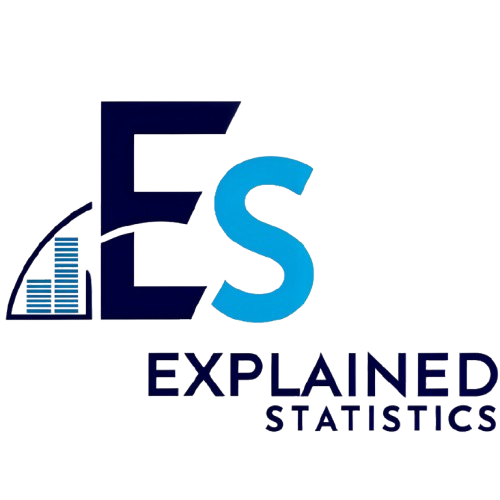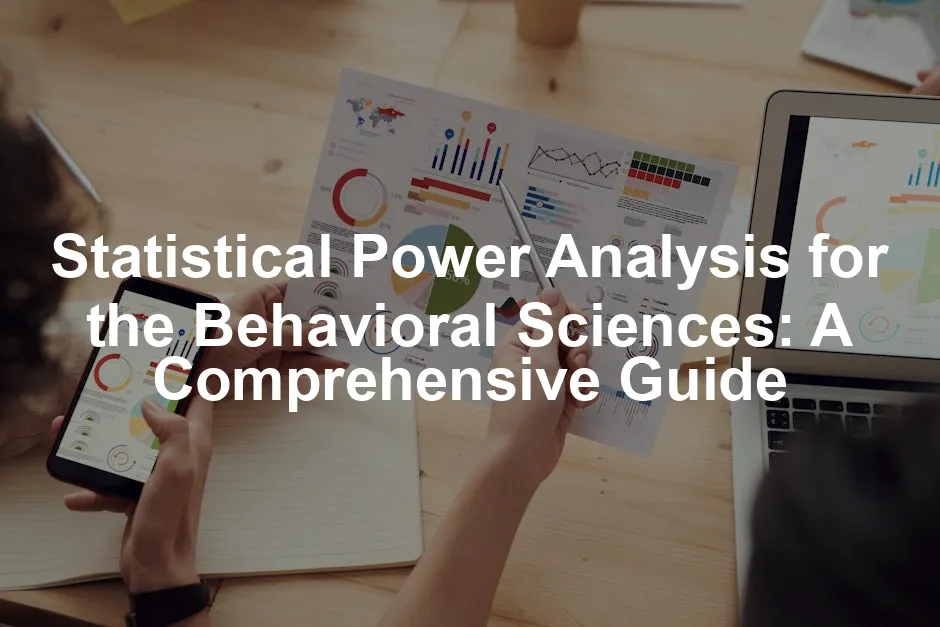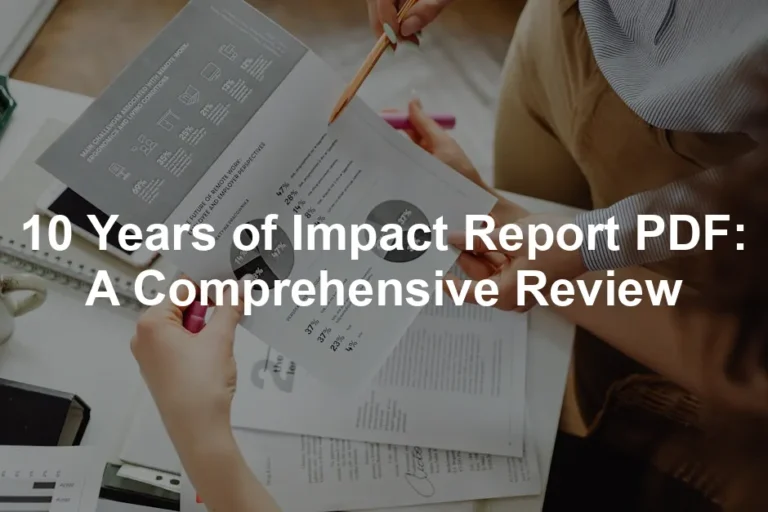Introduction
Statistical power analysis is a crucial component in behavioral sciences. It helps researchers determine the likelihood that their study will detect an effect, should one exist. Think of it as your research’s insurance policy, ensuring that you don’t miss significant findings lurking in the data.
Jacob Cohen, a pioneering figure in this field, laid the groundwork for understanding power analysis. His book, Statistical Power Analysis for the Behavioral Sciences, first published in 1988, transformed research planning. Cohen emphasized that power analysis isn’t just a technical detail; it’s a critical aspect of designing robust studies. His influence continues to shape how researchers approach study design today.
Understanding statistical power is vital for researchers, practitioners, and students alike. It equips them with the tools needed to make informed decisions about sample sizes and expected outcomes. Without a solid grasp of power analysis, one risks conducting studies that may yield inconclusive or misleading results. Researchers armed with this knowledge can better justify their methodologies and enhance the credibility of their findings. In short, statistical power analysis is not just for the number crunchers; it’s for anyone serious about making a meaningful impact in the behavioral sciences.

Understanding Statistical Power Analysis
What is Statistical Power?
Statistical power is the probability that a study will correctly reject a false null hypothesis. In other words, it measures the likelihood of detecting an effect when there is one. Power is influenced by several factors, including sample size, effect size, and significance level.
Type I errors occur when a researcher erroneously rejects a true null hypothesis. This is often referred to as a “false positive.” Conversely, Type II errors happen when the researcher fails to reject a false null hypothesis, which is a “false negative.” Understanding the relationship between power, Type I, and Type II errors is essential. Higher power reduces the risk of Type II errors, making it more likely to identify true effects.
To enhance the power of a study, researchers commonly increase the sample size. Larger sample sizes provide a clearer picture of the population and yield more reliable results. However, this comes with practical considerations, as larger samples can require more resources, time, and effort. Thus, achieving the right balance becomes key.
In summary, statistical power is a fundamental concept in hypothesis testing. It directly impacts research outcomes and influences the credibility of findings in behavioral sciences. Understanding this concept not only helps researchers avoid pitfalls but also strengthens the overall quality of their studies. So, whether you’re a seasoned researcher or just starting out, grasping the nuances of statistical power will serve you well in the world of behavioral sciences.

Importance of Power Analysis
Power analysis is the unsung hero of research design. Picture this: you’ve spent months collecting data, analyzing results, and crafting the perfect paper. But wait! If your study’s power was too low, you might have missed significant findings. That’s like baking a cake without checking if the oven is on. A power analysis ensures you have enough participants to confidently detect effects when they exist.
Low power can lead to false negatives. Imagine concluding that a new therapy doesn’t work when it actually does. Ouch! Such mistakes can mislead future research, waste resources, and ultimately harm patients. A well-designed study with adequate power is crucial for accurate conclusions. It’s not just about crunching numbers; it’s about making informed predictions.
Understanding the differences between practical significance versus statistical significance is essential for interpreting research results accurately.

Key Concepts in Power Analysis
Now, let’s break down some essential terms in power analysis.
- Effect Size: This measures the magnitude of a phenomenon. For instance, if a new teaching method is 20% more effective than the traditional one, that’s your effect size. Larger effect sizes require smaller samples to achieve the same power.
- Sample Size: This refers to the number of participants in your study. A larger sample size usually increases power. Think of it as widening the net when fishing; the bigger the net, the more fish you catch.
- Significance Level (alpha): Commonly set at 0.05, this is the threshold for deciding if results are statistically significant. If your p-value is less than alpha, congratulations! You have a significant result. But be careful; if you set alpha too high, you risk Type I errors.
- Power (1 – beta): This represents the probability of correctly rejecting a false null hypothesis. In simpler terms, it’s the chance that your study will detect an effect if there is one. A power of 0.80 is often deemed acceptable, meaning there’s an 80% chance of detecting an effect when it exists.
To illustrate, let’s consider a study examining a new intervention for anxiety. If the effect size is moderate, a sample size of 100 might suffice to achieve a power of 0.80 with an alpha of 0.05. However, if the effect size is small, you might need 300 participants to maintain that power.
These concepts are foundational to conducting effective research. By understanding them, researchers can design studies that are not only scientifically sound but also likely to yield meaningful results.

Key Publications
The second edition of Statistical Power Analysis for the Behavioral Sciences, penned by Jacob Cohen, is a game changer in research methodology. First released in 1988, this edition solidifies its place as an essential resource for behavioral scientists. The book serves as a practical guide to power analysis, offering tools for effective research planning. With 567 pages packed with insights, it’s like a Swiss Army knife for researchers navigating the complexities of statistical testing.
One of the most significant updates in the second edition is the addition of a chapter on power analysis in set correlation and multivariate methods. This expansion addresses the growing complexity of modern research, helping researchers apply power analysis to more sophisticated models. The book also introduces a new chapter that examines effect size, psychometric reliability, and the efficacy of qualifying dependent variables. These updates ensure that the material remains relevant as research methodologies evolve.
Moreover, the second edition boasts expanded power and sample size tables for multiple regression and correlation analyses. This valuable addition allows researchers to easily determine the necessary sample sizes for various statistical tests, improving the reliability of their studies. Compared to the first edition, this version is more comprehensive, addressing the needs of contemporary researchers looking to make data-driven decisions.

Core Principles from Cohen’s Work
Cohen emphasized that two core principles are critical in power analysis: effect size and sample size. Effect size quantifies the magnitude of an effect, while sample size refers to the number of participants in a study. Understanding these concepts is vital for researchers aiming to design robust studies.
Cohen also proposed conventions for categorizing effect sizes into three levels: small, medium, and large. A small effect size might be represented by 0.2, a medium effect size by 0.5, and a large effect size by 0.8. These benchmarks help researchers gauge the practical significance of their findings. For instance, if a study reports a medium effect size, it indicates a noticeable impact, suggesting that the intervention or phenomenon being studied is worth attention.
Recognizing these core principles equips researchers with the knowledge needed to make informed decisions about study design. By understanding the interplay between effect size and sample size, researchers can avoid common pitfalls and enhance the credibility of their research outcomes.

Step 2: Determine the Effect Size
Estimating the expected effect size is crucial for power analysis. Think of effect size as the superhero of your study; it tells you how strong your intervention or relationship is. To accurately gauge this, look to previous research or pilot studies. They often provide a solid foundation.
Prior research can be a treasure trove of information. If similar studies have already been conducted, analyze their reported effect sizes. This gives you a benchmark for your own research. If you’re starting fresh, pilot studies can save the day. Conducting a small-scale study can provide preliminary data, helping you estimate the effect size before launching into a full-scale project.
For instance, if you’re testing a new therapy for anxiety, look for studies that measured similar outcomes. Did they report a small, medium, or large effect size? This information will guide your expectations. Remember, a larger effect size typically means fewer participants are needed to detect a significant effect. So, tailor your sample size accordingly.
Speaking of tailoring, if you’re looking to plan your research with the right tools, consider G*Power Software. It’s an essential tool for conducting power analyses and making sure you’re not flying blind during your research adventures!

Step 3: Choose the Significance Level
Choosing a significance level, commonly known as alpha, is like setting the rules for your game. The most widely accepted alpha level is 0.05. This means you’re willing to accept a 5% chance of mistakenly rejecting a true null hypothesis, also known as a Type I error.
But what does this really mean? If your p-value is less than 0.05, congratulations! You’ve found statistically significant results. However, be cautious. Setting alpha too high can lead to false positives, where you think you’ve found something significant, but it’s actually just a mirage.
Some researchers opt for stricter levels, like 0.01, especially in fields where false positives can have serious consequences. Think of it as tightening the screws on your research’s reliability. Regardless of your choice, be transparent about your alpha level in your study. This helps readers understand the stakes involved.

Step 4: Calculate Sample Size
Calculating sample size is where the magic happens. You need to determine how many participants you’ll require to achieve adequate power. The formula for sample size varies depending on the statistical test you plan to use.
For a basic t-test, the formula is:
n = ( (Zα/2 + Zβ)2 * (σ2 + σ2 ) / (μ1 - μ2)2 )
Where:
Zα/2is the z-value for the desired alpha level,Zβis the z-value for the desired power,σis the population standard deviation,μ1andμ2are the means of the two groups.
For more complex analyses, like ANOVA or regression, software tools like G*Power or R Programming for Data Science can simplify the process. These tools allow you to input your parameters and automatically calculate the necessary sample size.
For example, if you’re conducting an ANOVA with three groups and expect a medium effect size, G*Power can show you that you might need around 90 participants per group to achieve an 80% power level.

Step 5: Conduct the Analysis
Now, it’s time to conduct the power analysis with your chosen software. G*Power is a user-friendly tool that many researchers swear by. To get started, select the statistical test you’re planning to use, input the effect size, alpha level, and desired power.
If you prefer R, it has packages like pwr that can handle power analysis calculations. Simply use functions like pwr.t.test() for t-tests or pwr.anova.test() for ANOVA.
Once you run the analysis, the software will provide you with the necessary outputs. For G*Power, you’ll see a clear display of the required sample size and power, making it easy to understand.
Remember to take screenshots of the output for your documentation. This can be useful for reporting in your paper or sharing with colleagues.
In conclusion, conducting a thorough power analysis is essential in behavioral research. It helps ensure your study is well-designed, adequately powered, and capable of making meaningful contributions to the field. So, roll up your sleeves and get ready to dive into the numbers; your research deserves it!

Case Studies
In behavioral sciences, power analysis is not just theoretical; it has real-world applications. Take a look at a study by Smith et al. (2019), which investigated the effectiveness of a cognitive-behavioral therapy (CBT) program for adolescents with anxiety. They conducted a power analysis before their study and found that a sample size of 120 participants would yield an 80% chance of detecting a medium effect size. The results? A significant reduction in anxiety levels among participants. This study highlights how power analysis can lead to effective interventions that make a tangible difference.
Another compelling example comes from a study on social media’s impact on self-esteem conducted by Johnson (2020). The researchers used power analysis to estimate that a sample size of 200 would be necessary to detect a small effect size. They discovered that increased social media usage correlated with lower self-esteem scores. The implications? It sparked discussions about the need for awareness regarding social media consumption, particularly among youth.
Speaking of social media, while you’re busy researching, why not keep your mind sharp with a Puzzle Book for Brain Exercises? It’s a fun way to stimulate your brain while taking a break from all that number crunching!
These studies show that power analysis is crucial for designing robust behavioral research. It ensures that researchers are not just throwing darts in the dark but are equipped with the knowledge to make informed decisions about sample sizes and expected outcomes.

Ethical Considerations
Power analysis isn’t just a box to check; it’s an ethical necessity in research. Imagine pouring time and resources into a study that ultimately yields inconclusive results. Not only is that frustrating, but it also squanders funding and participant engagement. By conducting a power analysis, researchers can ensure they are using their resources wisely.
Conducting studies with inadequate power can lead to Type II errors, where true effects go undetected. This can mislead future research and policy-making, potentially causing harm to individuals or communities. Ethically, researchers have a responsibility to avoid wasting valuable resources. Power analysis is a proactive step in ensuring that research efforts yield meaningful results, ultimately benefiting society as a whole.

Future Directions in Power Analysis
The landscape of power analysis is evolving. Emerging trends include the integration of machine learning algorithms to refine estimates of effect sizes and sample sizes. These algorithms can analyze vast datasets, providing more accurate predictions. This is a game changer for behavioral researchers, as it can lead to more precise studies and better resource allocation.
Moreover, there’s a growing interest in adaptive designs. These allow for modifications during the study based on interim results, enhancing the power without increasing the sample size unnecessarily. Researchers are now looking at how these innovations can be applied in behavioral sciences for more fluid and dynamic research methodologies.
Future research should also focus on the application of power analysis across diverse populations. As behavioral sciences strive for inclusivity, understanding how power analysis can adapt to various demographic groups is essential. This will ensure that research findings are applicable and beneficial to a broader audience, enhancing the overall impact of behavioral science research.

While you’re planning your research, don’t forget to take care of yourself! A Weighted Blanket for Sleep can help you relax after a long day of crunching numbers!
Please let us know what you think about our content by leaving a comment down below!
Thank you for reading till here 🙂
All images from Pexels




